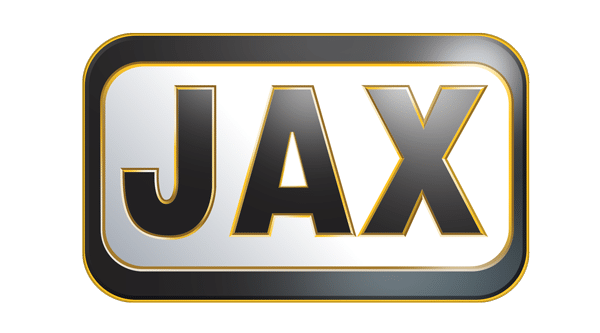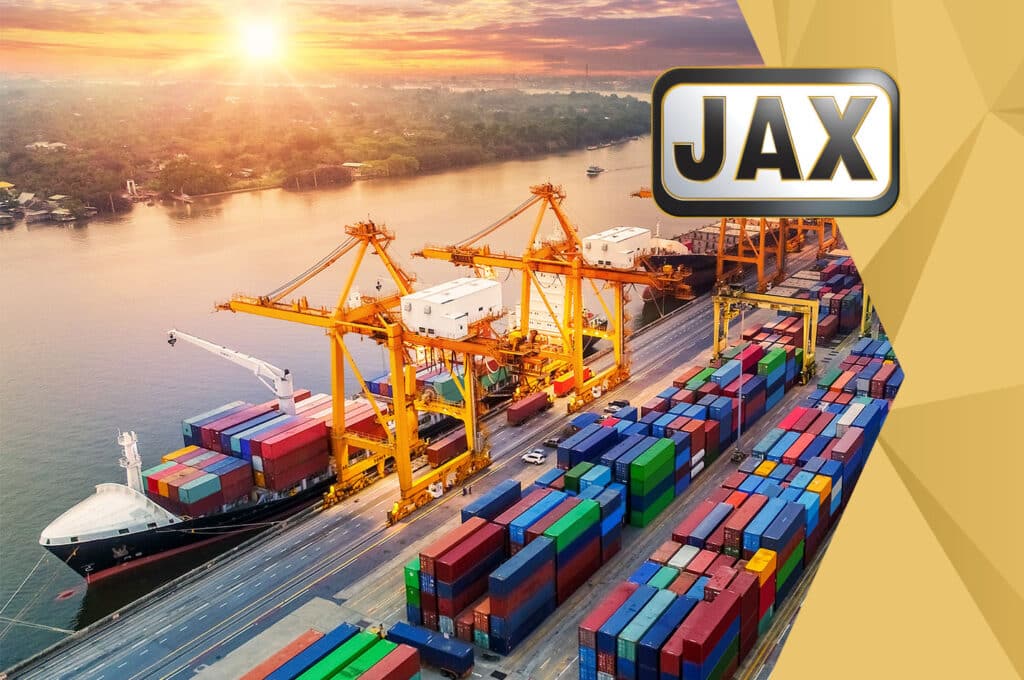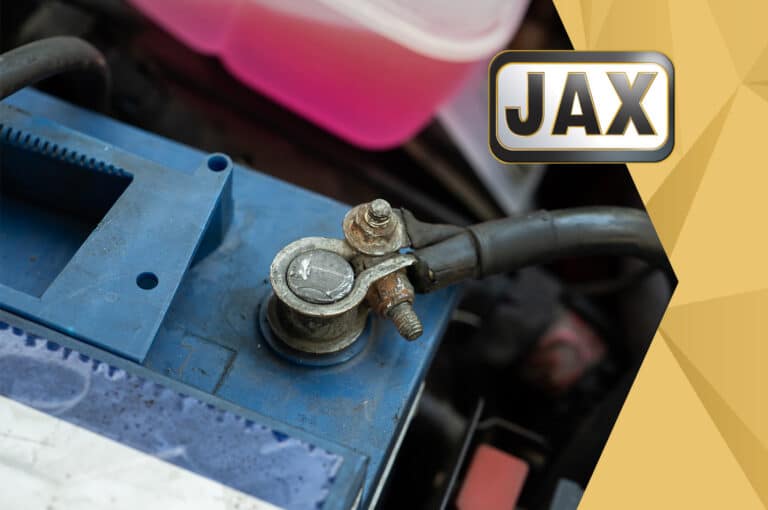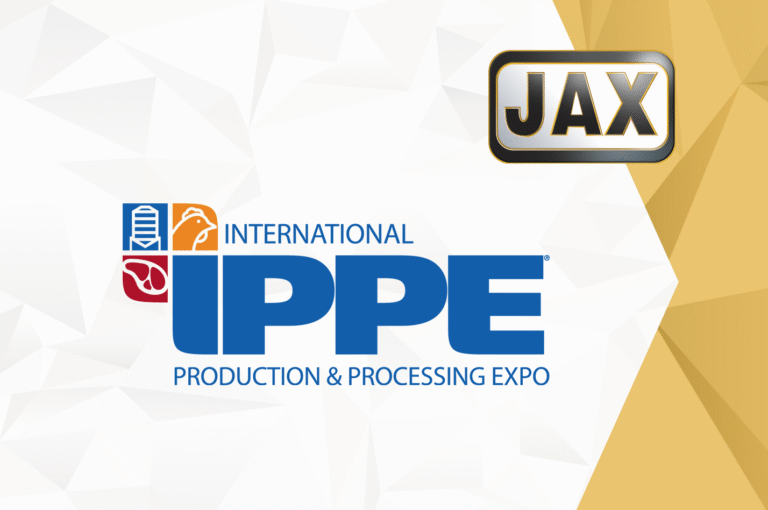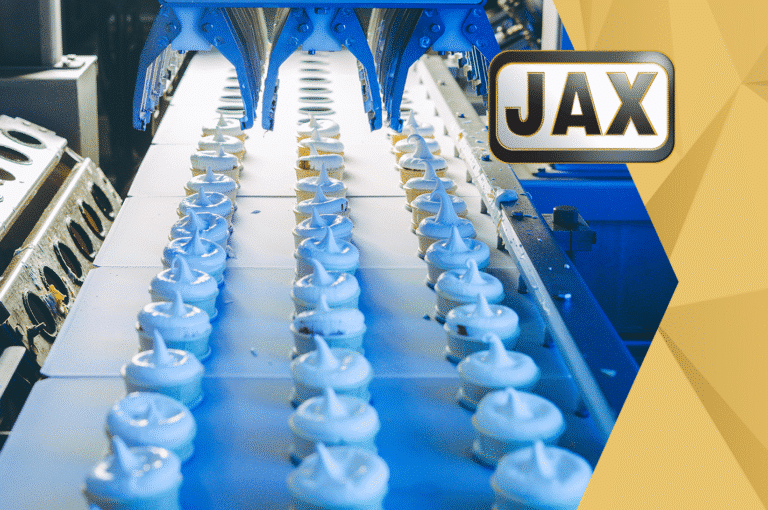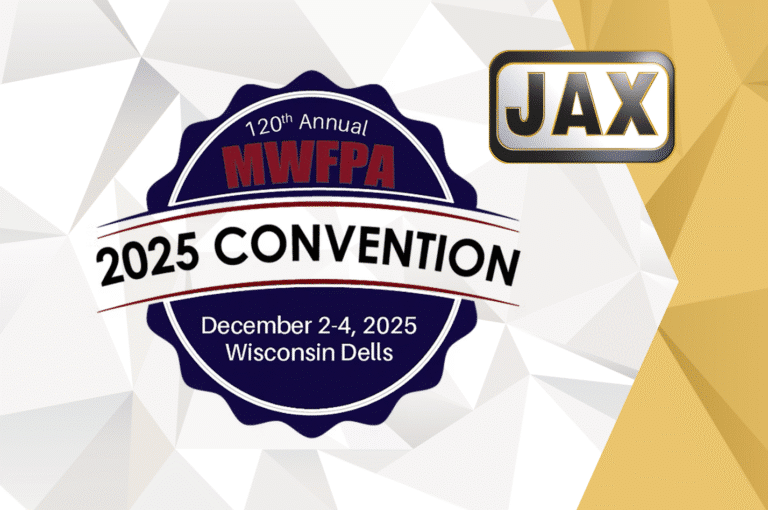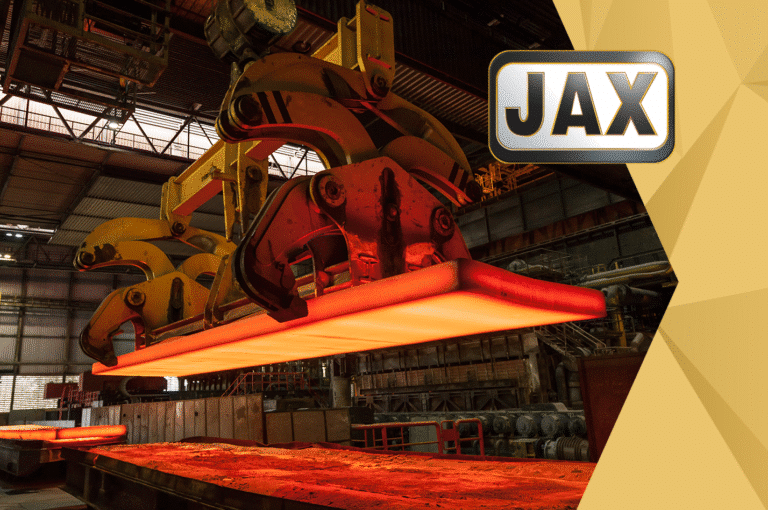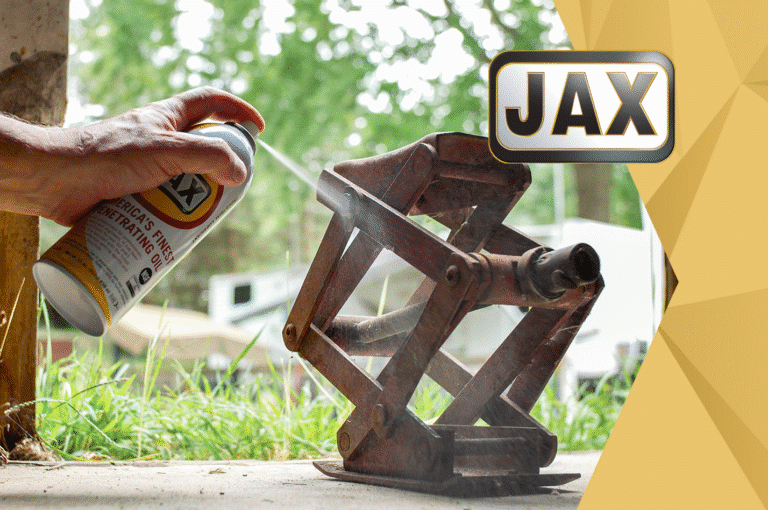A key feature of lubricating grease is protection from water/moisture. The grease needs to repel water and avoid being washed out or breaking down from water contamination. In marine applications where direct contact with moisture/water is given, the water resistance of grease is critical for effective lubrication. The grease in marine applications may find its way into the environment however, whether that be in oceans, ports, or the dirt and soil we walk on. One factor that should not be overlooked is the environmental impact of the lubricant. Does marine grease truly mean that it is safe for a marine environment? In this article, we will look at what typical attributes and characteristics are in marine grease, what defines an environmentally acceptable lubricant (EAL), and understand the necessity for an EAL grease.
Typical Attributes of Marine Grease
A typical marine application grease will exhibit several water-resistant properties, whether that be resistance to breaking down from water contamination, or resistance to washing out from submersion, rain, spray, or moisture in the air. To achieve these properties, marine grease is typically fortified with polymers and there are many options from thickeners to base oil that can be used. Marine greases may contain mineral and PAO base oils, along with additives that would not allow the grease to be biodegradable.
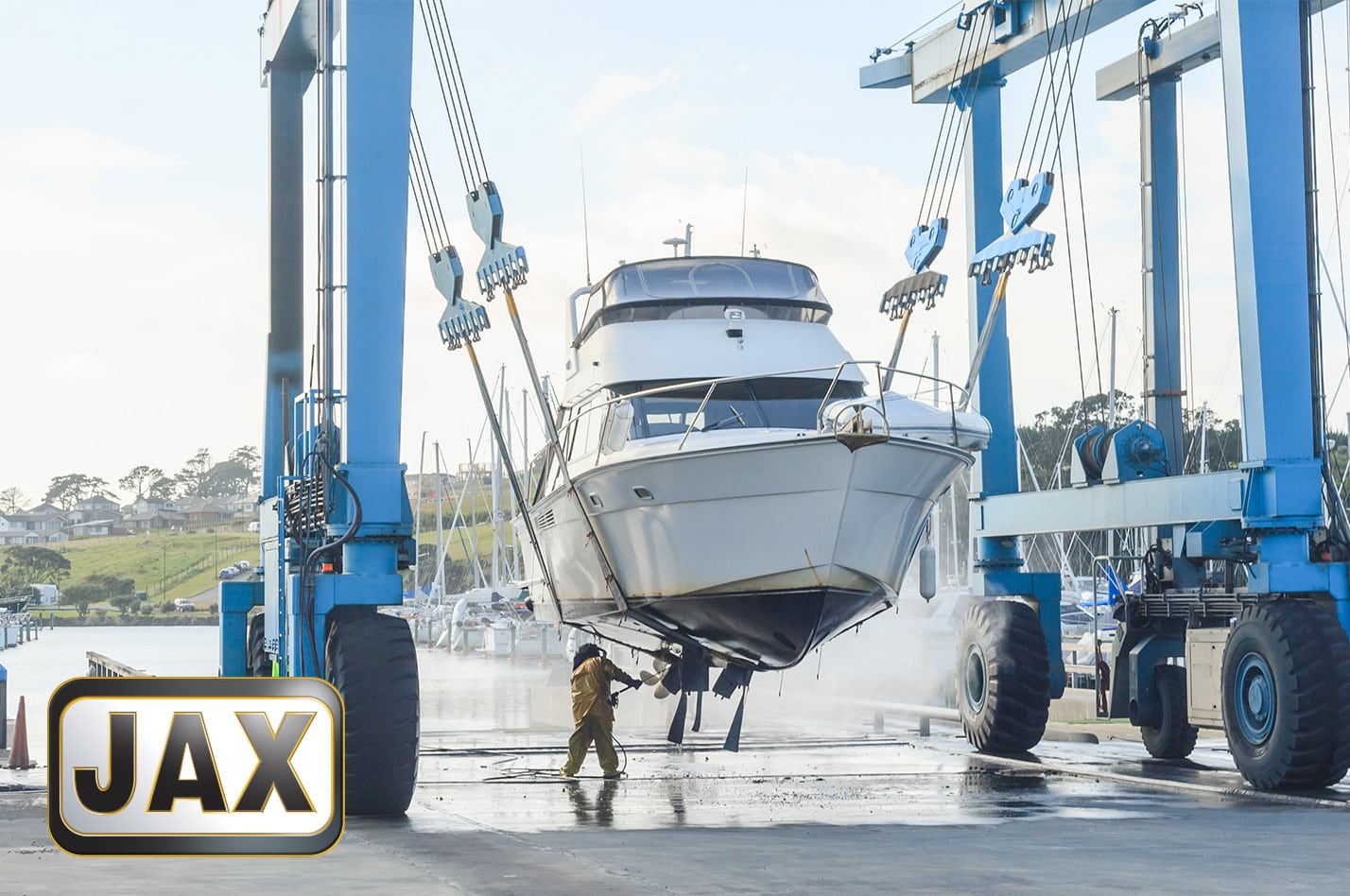
Environmentally Acceptable Lubricant
Environmentally acceptable lubricants are formulated to be biodegradable, minimally harmful, and non-bioaccumulative products. The EAL grease should be greater than 60% biodegradable by volume within 28 days. To ensure the grease is minimally harmful to the environment, EAL lubricants are tested to ensure they are safe for soil, bacteria, fish, and other areas. The EAL lubricants are designed to not bioaccumulate, avoiding building any levels within organisms that can move up the food chain at concentrations that could be harmful to humans and other organisms.
The Necessity for Environmentally Acceptable Lubricants
The need for proper lubrication through EAL greases has been heightened from the 2013 Vessel General Permit, requiring EAL greases to be utilized on vessels with applications that are considered oil-to-sea. For this reason, EAL greases are also required to be used on container equipment at ports. It is common to see an EAL grease possess an EAL certification for an authorized organization, such as EU Ecolabel, OSPAR, or Nordic Swan. In the forestry and mining industry, it is important that any excess lubricant grease comes into contact with surrounding soil and underground waterways.
Summary
In conclusion, simply having marine grease does not guarantee that it is the safest marine grease for the environment. It is equally important to ensure you are lubricating your application for best performance while avoiding or limiting any harm to its surroundings.
If you are unsure whether you are utilizing the correct grease for your marine application, contact your JAX representative for assistance.
